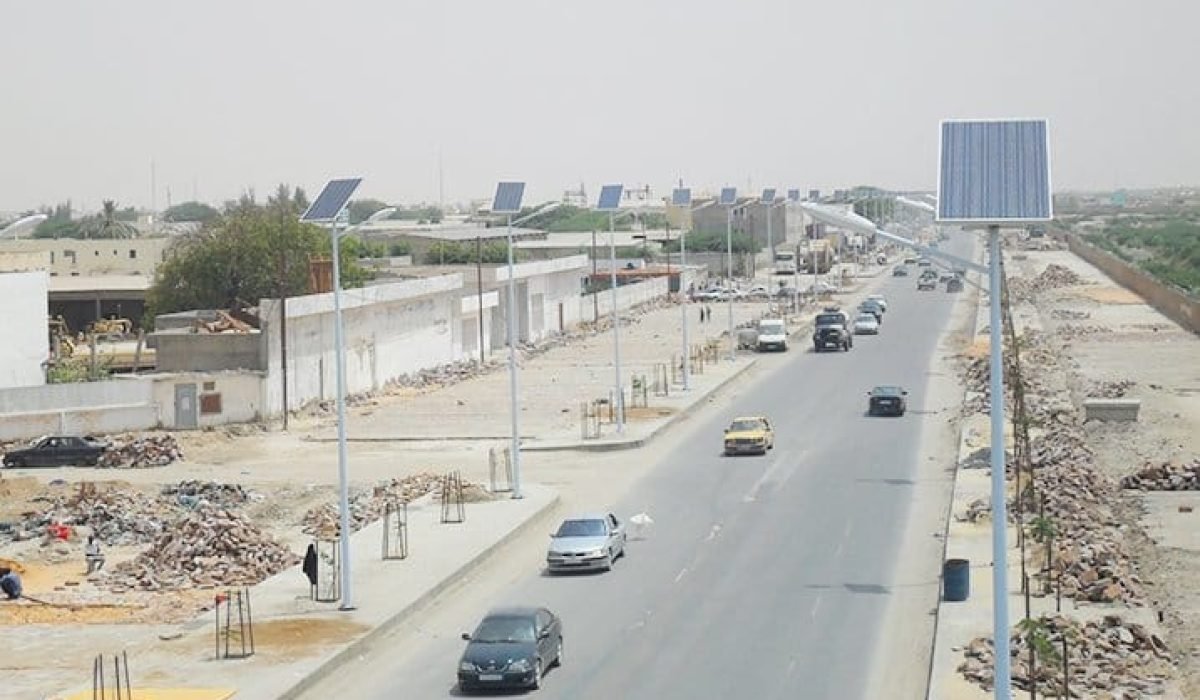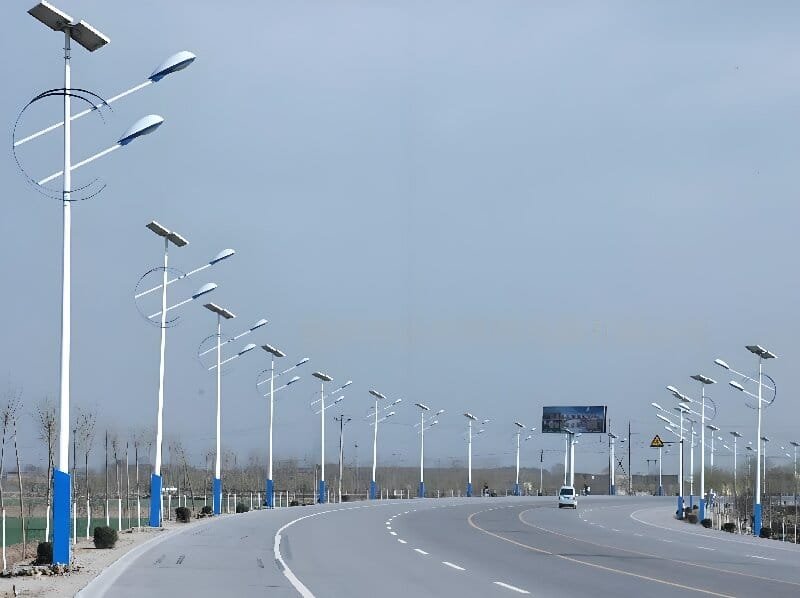Why are municipalities shifting to solar street lights for smart city projects?
Because the numbers finally add up. For years, conventional grid-tied street lights dominated urban infrastructure. Today, cities from Lagos to Phnom Penh are switching to solar because the technology delivers lower lifecycle costs, easier installation, and compliance with modern energy standards. After managing over a dozen procurement cycles myself, I can confirm: the cities that choose solar save time, budget, and reputation.
What financial advantages do municipalities gain with solar street lights?
Solar lighting reduces both CAPEX and OPEX when measured over 10–15 years.
- No trenching or cabling – saving USD 40–60 per meter of road length.
- Reduced electricity bills – zero grid dependency cuts annual energy spend by 100%.
- Lower maintenance – LiFePO₄ batteries with 6,000+ cycles mean 10–12 years of reliable operation.
- Proven payback – most municipalities report ROI in 3–5 years.
A recent 500-set installation in Burkina Faso showed operating costs 28% lower compared to grid-tied alternatives within the first year.
How do solar street lights simplify smart city project delivery?
Time is always a mayor’s biggest enemy. A delayed lighting project means angry residents and political risk. Solar systems allow:
- Faster deployment – one pole can be installed in 35 minutes with a small crew.
- Scalable rollout – EPCs can mobilize in parallel rather than waiting for grid extensions.
- Modular planning – expansion into peri-urban areas is simple, with no redesign of grid loads.
In my Togo project, the procurement team finished a 200-km rural electrification stretch 3 months earlier than planned by selecting solar street lights over wired lamps.
What technical standards support municipal decision-making?
Procurement officers often worry about durability. Today’s solar lights comply with strict international standards:
- IEC 60598 / 60529 – IP66 waterproof luminaires, IK08 impact protection.
- EN 40 / ISO 1461 – hot-dip galvanized poles with 20–25 years anti-corrosion life.
- EU Battery Regulation (2023/1542) – traceable LiFePO₄ batteries with safety and recycling data.
These certifications are not just paperwork. They protect municipalities from warranty disputes and ensure donor funding approval.
How do solar street lights align with smart city digital goals?
Cities are not just buying lights, they are building data platforms. Solar street lights integrate with:
- Remote monitoring – real-time fault detection lowers downtime.
- Adaptive dimming – 30–40% energy saving while maintaining lux standards.
- IoT readiness – smart poles can host CCTV, Wi-Fi, or EV chargers.
Municipalities in East Africa now include IoT-ready poles as standard in tenders, turning each light into a connected asset.
What risks do municipalities face if they stay with conventional grid lighting?
- Rising energy tariffs – Africa’s grid power costs have climbed 15–20% annually in some regions.
- Budget overruns – trenching, cabling, and transformer upgrades can exceed initial estimates by 25–40%.
- Political exposure – failed electrification promises erode public trust.
- Donor rejection – many IFIs now favor renewable-only infrastructure bids.
Choosing solar reduces these risks and aligns the city with sustainability targets.
Which KPIs prove the success of solar street lights in smart cities?
| KPI | Grid Street Lights | Solar Street Lights | Result |
|---|---|---|---|
| Installation speed | 2–3 weeks/km | 3–5 days/km | Solar 70% faster |
| Energy cost (10 yrs) | USD 150,000/km | 0 | Solar saves 100% |
| Maintenance interval | 2–3 years | 6–8 years | Solar 3× longer |
| Average lifespan | 10–12 years | 20–25 years (poles) | Solar longer ROI |
| Compliance approvals | Limited | IEC + EU battery | Solar donor-ready |
How should municipalities evaluate suppliers for solar street lights?
From my field experience, procurement teams must check:
- Verified IEC/ISO test reports – not just certificates but full lab reports.
- Battery cycle life – ≥6,000 cycles mandatory for LiFePO₄.
- Light efficiency – ≥230 lm/W to reduce number of poles.
- Anti-corrosion proof – 720h salt-spray test for coastal cities.
- Local after-sales capacity – technicians trained and spare parts stocked.
Skipping these checks often leads to premature failures and political headaches.
Conclusion: Why is solar street lighting the smart city standard?
Because it delivers measurable savings, faster project delivery, and alignment with sustainability goals. Municipal leaders who adopt solar today position their cities as credible, future-ready, and cost-effective. In contrast, those who delay face escalating energy bills, donor pushback, and missed development targets.
If you’re an EPC contractor or procurement officer planning your next tender, the question is no longer if solar street lights make sense—but how quickly you can roll them out.
📩 Contact Sunlurio today to access compliance-ready datasheets, case studies, and tender templates tailored for African and Asian smart city projects.



